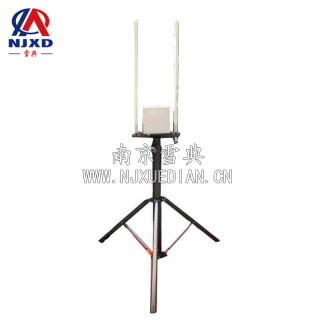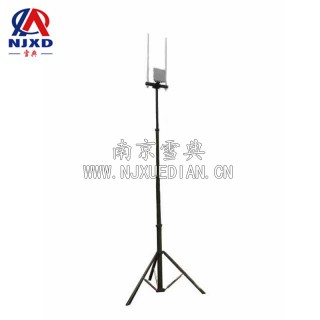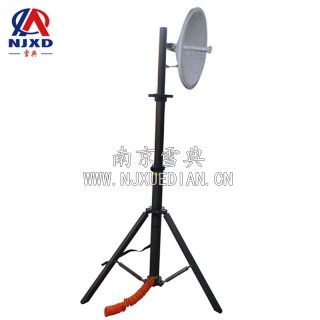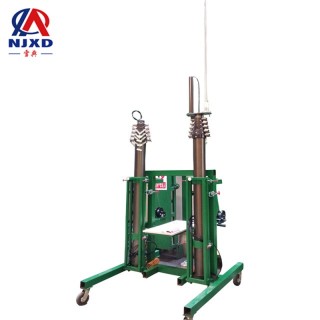NEWS
Features of lifting mobile communication system
Time:2020-12-29 View:

Mobile communication must use radio waves for information transmission
This communication medium allows users in communication to move freely within a certain range, and its position is not restricted. However, radio propagation characteristics are generally affected by many factors.
The operating environment of mobile communication is very complex. Radio waves will not only disperse and consume with the propagation a increase of the distance, but also have "shadow effect" when covered by terrain and ground objects. Moreover, signals are reflected by multiple points, it will arrive at the receiving place from many trails. The amplitude, phase and arrival time of this multi-path signal are different, and their superposition will produce level fading and delay expansion.
Mobile communication is often carried out in fast moving, which not only causes Doppler frequency shift and random frequency modulation, but also causes rapid random fluctuation of radio wave transmission characteristics, seriously affecting communication quality. Therefore, the mobile communication system must be designed reasonably according to the characteristics of the mobile channel.

Communication runs in complex interference environments
The mobile communication system adopts multi-channel sharing technology. In a wireless community, there will be hundreds of simultaneous communicators. The base station will have multiple receivers and senders working in the same place at the same time, which will generate many interference signals, there are also various industrial interference and human interference. To sum up, there are channel interference, intermodulation interference, adjacent channel interference, multiple access interference, etc., and strong signals of near base stations will suppress weak signals of far base stations. This phenomenon is called "far-near effect". In mobile communication, various anti-interference and anti-fading technical measures will be adopted to reduce the influence of these interference signals.
The demand for mobile communication traffic is increasing day by day
The spectrum resources that mobile communication can utilize are very limited, but constantly expanding the communication capacity of mobile communication system has always been the focus in the development of mobile communication. To solve this problem, on the one hand, we should open up and start new frequency bands, on the other hand, we should study and develop new technologies and measures to improve the spectrum utilization rate. Therefore, reasonable allocation and strict management of limited spectrum are the premise of Effective Utilization of spectrum resources, which is an important responsibility of spectrum management agencies and organizations in the world and all countries.

Network management and control must be effective
According to the different needs of communication areas, mobile communication networks have various structures. Therefore, mobile communication networks must have strong management and control capabilities, such as user registration and positioning, communication (call) link Establishment and removal, channel allocation and management, communication billing, authentication, security and confidentiality management, user transit switching and roaming control, etc.
Mobile communication devices must be suitable for use in mobile environments
Mobile communication equipment requires small volume, light weight, power saving, convenient carrying, simple operation, reliability, durability and convenient maintenance, and should also ensure vibration, impact, it can work normally under harsh conditions such as high and low temperature environment changes.

CATEGORY
NEWS
- AdHoc network and wireless communication of lifting mobile communication system
- Features of lifting mobile communication system
- Research on the scheme of lifting wireless communication system
- Combination scheme of lifting mobile communication system
- Historical lifting antenna of global mobile communication system